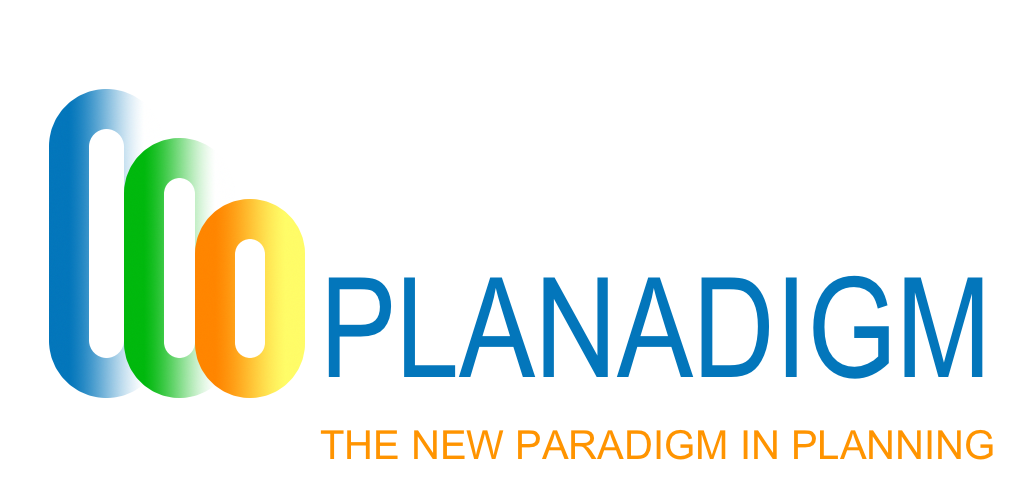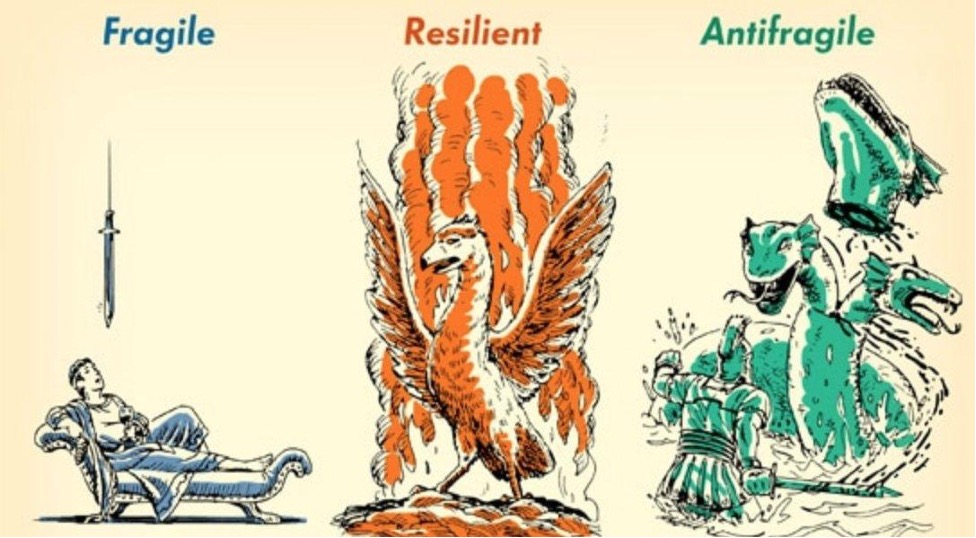Rolling forecasts
Once a year, we create a budget for the next year. We plan what our sales will be in the coming 12 months that span the year. We plan and estimate the related costs and with that, we have created the ‘dot on the horizon’ for the next (budget) year. Sounds simple, right?
But it isn’t that simple. In many organizations, we have noticed that this planning process to create the new budget in itself takes several months. Four to six months is the norm these days, instead of a few weeks. A lot of time is spent on back and forth communication and changes to be made to the budget. Top-down and bottom-up iterations make sure alignment is in place before consensus can be reached, and a handshake can take place to agree on the final budget.
What if this process can be made quicker? Is there a mechanism that can support a faster planning and budgeting process, takes less time, and is always up-to-date? The good news is that there is such a process and this is called ‘rolling forecast’. A rolling forecast is a forecast that uses historical data to predict future numbers continuously over a period of time. The key in this sentence is the word ‘continuously’, meaning that every period a new forecast is created for a fixed forward-looking period of time, for example 12 or 18 months.
How does it work? As an example, we start in December to forecast the next 12 months (January until December of the next year). After the normal planning and budgeting process, we agree on the plan and have a forecast for these next 12 months. Once January is on its way, we look again at the forecast for 12 months, where we adjust the previous forecast for the months February until December and create a forecast for the new month (January the year after). In this example, you always have eleven months to adjust the existing plan where needed and one new month to forecast.
The amount of time needed to create and maintain a rolling forecast each month is limited because we still have the forecast numbers of the last forecast. We quickly check, based on our new knowledge gathered in the current month, if these forecast numbers are still accurate and create a forecast for the new month.
Another advantage is the fact that the rolling forecast is updated each month. That relieves the burden of a ‘once a year’ planning and budgeting process where you have to come up with the ‘right’ budget. With a rolling forecast, you can adjust on a monthly basis, based on events that occur. A rolling forecast better reflects the latest information you have from the market, your customers, suppliers.
Once a rolling forecast process is adopted within the organization, planners responsible for the forecast numbers can create a better forecast. Forecast accuracy will increase over time for the first months in your plan, where you will start to operationalize your plan.
The benefits of a rolling forecast are multiplied when it can be supported by an agile and flexible planning platform. There are many examples of flexible planning platform available, one that stands out is Pigment (www.gopigment.com). This combination of a rolling forecast process and a supporting planning platform, can really support your organisation to create more accurate forecasts with less effort.
Interested to learn more? You can contact us at jan.veerman@planadigm.com or +31(0)6-51884701.



